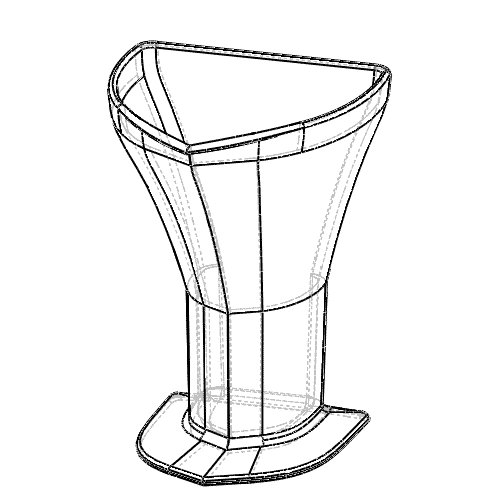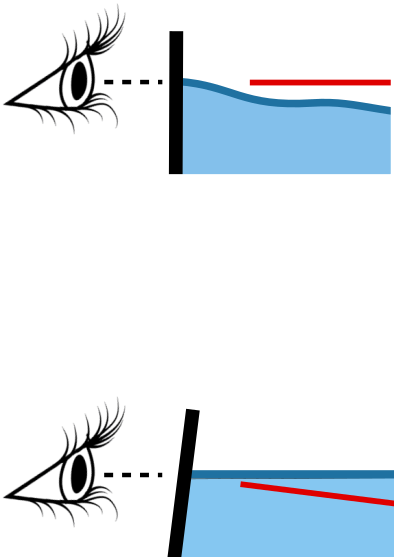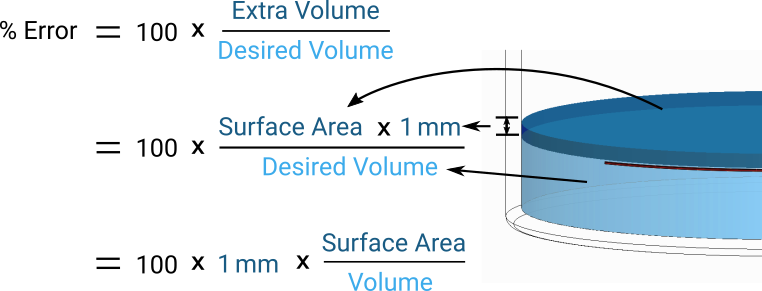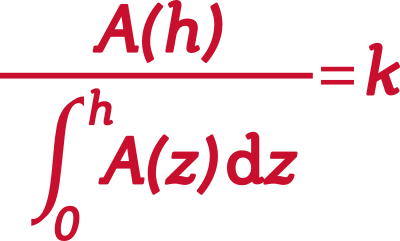It can be tricky to tell exactly how close you are to the line, even if you're being careful.
This could be because liquid is sloshing around in the cup, or you're not holding the cup at exactly eye level and so forth.
In fact, it's even difficult to get it exactly right in a laboratory setting.
If the contents end up a little above or below the line, the shape of the measuring cup dramatically affects the resulting error.
Which makes the next question: What is the optimal shape? (Hint, it's Euclid.)





